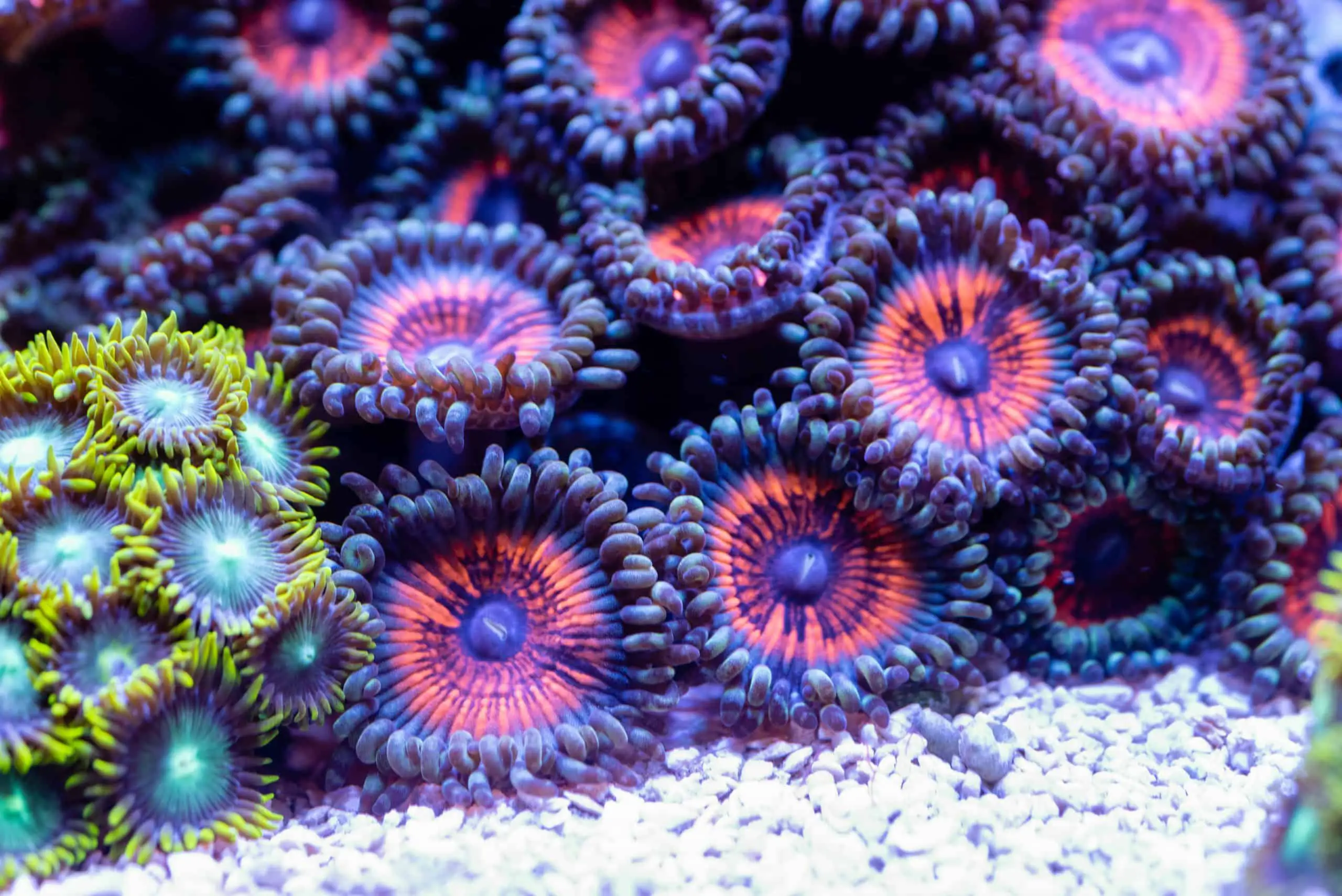kevgib67
7500 Club Member
View Badges
Hospitality Award
Midwest Reefer
Rock Pool Reef Keepers
Ohio Reefer
My Tank Thread
My Aquarium Showcase
I bought this from my local lfs, looked like a nice little zoa but since I got it the polyps have become very large. I don’t want to know the trade name, I don’t care if it’s a ultra 24k rainbow fairy unicorn fart that I can sell for 5k a polyp. I just want to know if it’s a zoa or a paly. Thanks.




















